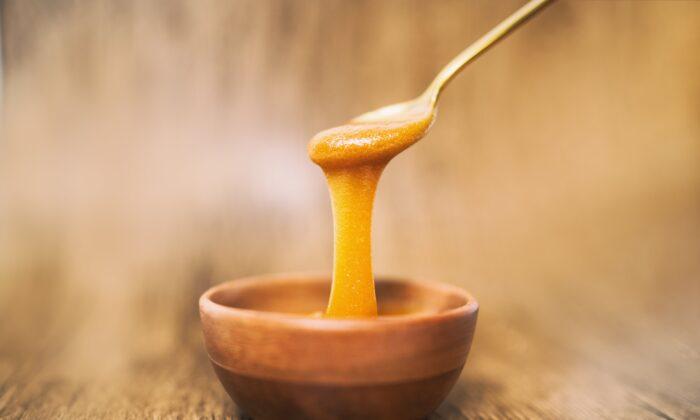Honey not only adds sweetness to food and drinks but also offers a wide range of health benefits. In particular, Manuka honey stands out due to its potent antibacterial and anti-inflammatory properties.
What Sets Manuka Honey Apart From Other Types of Honey?
“There’s a huge problem at the moment with antimicrobial resistance. Many of these bacteria develop really extreme resistance. However, there’s no resistance to honey,” said Dee Carter, a professor from the School of Life and Environmental Sciences at the University of Sydney, in an interview with The Epoch Times.Notably, Manuka honey exhibits a higher level of antibacterial properties compared to other types of honey.
- High osmotic pressure, which can kill bacteria
- Low pH level, unfavorable for the survival of most bacteria
- Presence of hydrogen peroxide, which can inhibit the growth of bacteria
“MGO seems to be specific to Manuka honey,” said Nural Cokcetin, a research fellow at the Australian Institute for Microbiology and Infection in the Faculty of Science at the University of Technology Sydney, in an interview with The Epoch Times.
Storing honey in high-temperature environments or exposing it to sunlight can lead to the degradation of enzymes, reducing the honey’s ability to produce hydrogen peroxide. In contrast, MGO is more stable and less vulnerable to the detrimental effects of light and heat.
“And that’s the reason why people think that Manuka honey is the best,” said Cokcetin.

Manuka Honey’s Antimicrobial Potency: 100 Times Stronger Than Other Honey Varieties
A study published in the International Journal of Clinical Pediatric Dentistry in 2018 indicated that, due to its high content of MGO, Manuka honey might exhibit antimicrobial activity that is 100 times stronger than that of regular honey.In addition to inhibiting harmful bacteria, it can effectively promote the growth of beneficial bacteria.
Improving Wound Healing, Gastric Ulcers, and Sore Throats
Manuka honey is now widely used to produce dressings and ointments for treating various conditions, including diabetic wounds, venous ulcers, burns, acne, eczema, and psoriasis.Potent Anti-Inflammatory Properties of Manuka Honey
The color of honey is indicative of its compositional differences. Manuka honey, a dark-colored honey, contains more phenolic compounds contributing to its anti-inflammatory and antioxidant activities.The phenolic content of Manuka honey reaches 900 mg/kg, considered one of the highest among the various types of honey included in one of the aforementioned studies.
During instances of a severe cough, when the throat becomes inflamed and causes itchiness, pain, and swelling, “Manuka honey seems to be a little bit more effective than other honeys,” said Cokcetin.
Tips for Choosing Manuka Honey
“It’s important to bear in mind that not all Manuka honey is the same,” warned Carter. Only honey derived from certain species of Manuka trees possesses the desired properties, and some Manuka honey products available on the market may not necessarily contain authentic MGO.Carter explained that certain species of Manuka trees produce exceptionally high levels of chemical compounds that can convert into MGO.
The MGO content in Manuka honey can be assessed by checking the label on its packaging.
The Unique Manuka Factor (UMF) is widely recognized as a grading system for Manuka honey produced in New Zealand. It provides a comprehensive assessment of MGO and other active compounds, as well as the overall quality of the honey. Carter recommends choosing a product with a UMF rating of 10 or higher to harness the full range of active benefits offered by Manuka honey.
Cokcetin suggests using Manuka honey with MGO content greater than 250 mg/kg to alleviate a sore throat, indicating a higher level of bioactivity. One may consider products with MGO content below 250 mg/kg for nutritional supplementation.
“Because we don’t want to introduce such a high number of sugar that reduces any of the benefits that we want to see,” said Cokcetin. According to her, the daily intake of honey should not exceed 15 to 20 grams, roughly equivalent to one tablespoon. For individuals concerned about blood sugar levels or who have diabetes and intend to use honey as a substitute for added sugar, it is recommended to consult a doctor to determine the appropriate amount.





